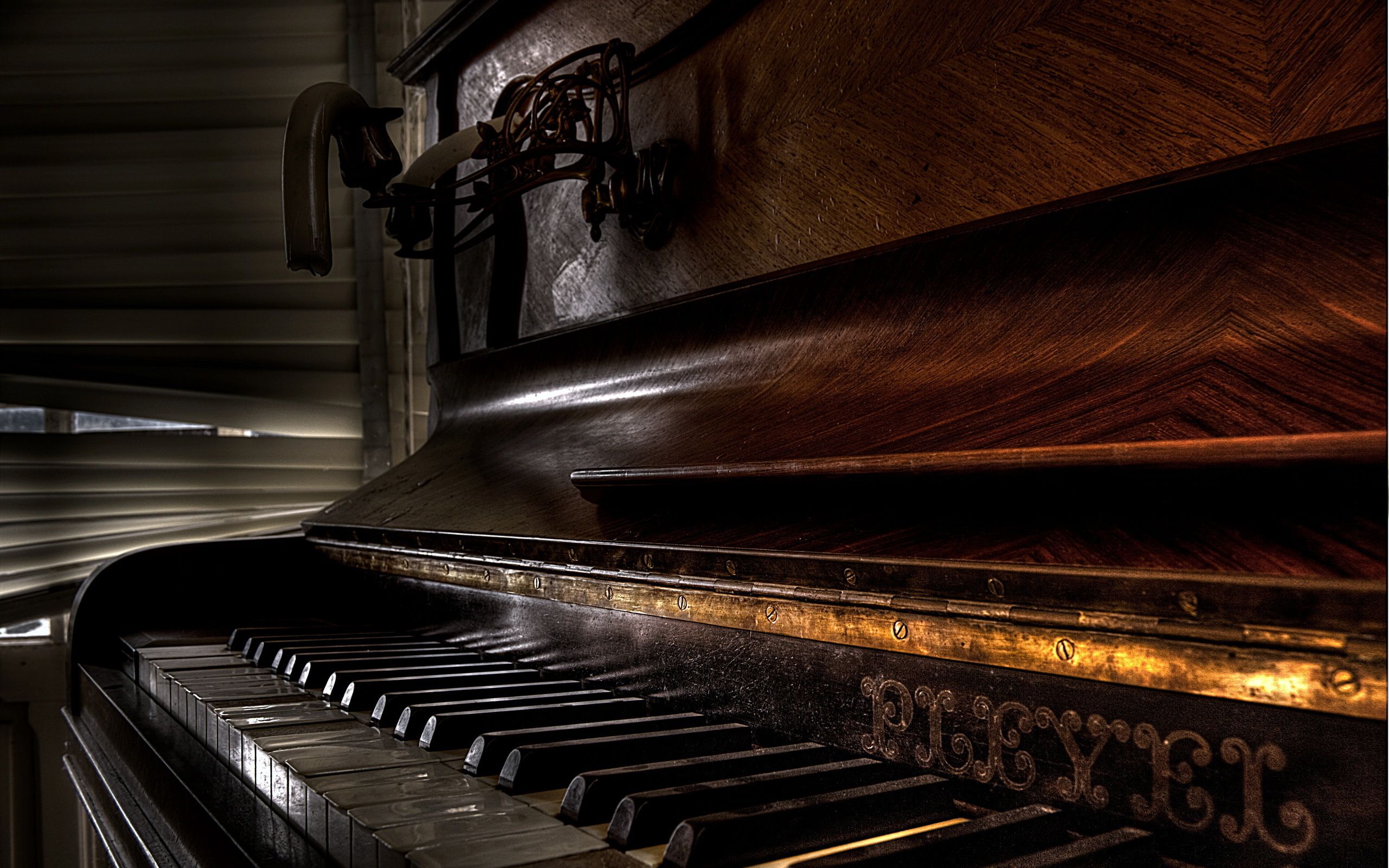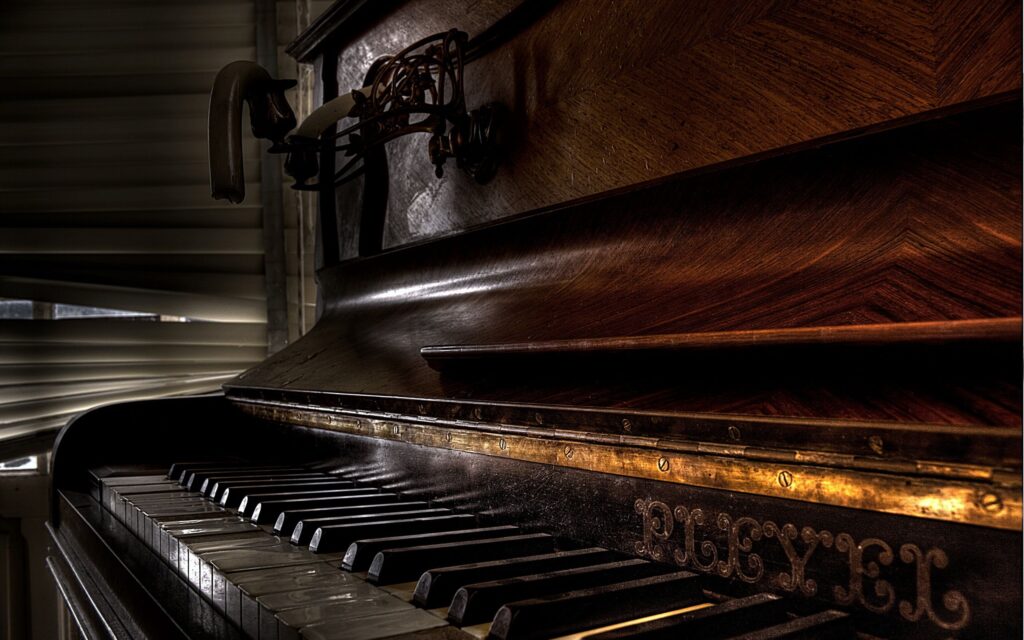The piano is a keyboard instrument that has a long and rich history of innovation and evolution. It is widely regarded as the most popular and versatile musical instrument in existence, capable of producing a wide range of sounds and expressions. The piano’s invention is attributed to Bartolomeo Cristofori (1655-1731), an Italian harpsichord maker who devised a new mechanism that allowed the player to control the volume and dynamics of the sound by varying the force of the key strike . He called his invention “gravicembalo col piano e forte”, or “harpsichord with soft and loud” .
However, the piano was not created in isolation, but rather as a result of the development and improvement of several earlier keyboard instruments, such as the clavichord, the harpsichord, and the dulcimer. The clavichord was a small and quiet instrument that used metal tangents to strike the strings and produce a soft and expressive sound. The harpsichord was a larger and louder instrument that used quills or plectrums to pluck the strings and produce a bright and resonant sound. The dulcimer was a stringed instrument that had no keyboard, but was played by striking the strings with wooden hammers.
The piano combined the best features of these instruments: it had a keyboard like the clavichord and the harpsichord, but it used hammers like the dulcimer to strike the strings. The hammers were attached to a complex mechanism that lifted them off the strings after striking them, allowing them to vibrate freely. The strings were also stretched over a wooden soundboard that amplified the sound and gave it a rich tone quality. The piano also had pedals that could alter the sound in various ways, such as lifting all the dampers off the strings to create a sustained effect, or shifting the keyboard sideways to reduce the number of strings struck by each hammer.
The piano underwent many changes and improvements over the centuries, as different makers experimented with its design, materials, size, shape, and tuning. Some of the most notable innovations include: the introduction of iron frames that could withstand higher string tension and produce louder and more stable sounds; the development of overstringing that increased the resonance and richness of the sound by crossing the bass strings over the treble ones; the invention of upright pianos that saved space by placing the strings vertically instead of horizontally; and the creation of player pianos that could play music automatically by using perforated paper rolls or discs.
The piano also influenced and inspired many composers and performers throughout history, who wrote music for it in various styles and genres. Some of the most famous piano composers include: Ludwig van Beethoven, Wolfgang Amadeus Mozart, Joseph Haydn, Franz Schubert, Frederic Chopin, George Gershwin, and many more. The piano also became a popular instrument for solo performance, chamber music, accompaniment, jazz, pop, rock, and other forms of music. Today, the piano is still widely used and enjoyed by millions of people around the world, who appreciate its beauty, versatility, and expressiveness.


Comments are closed